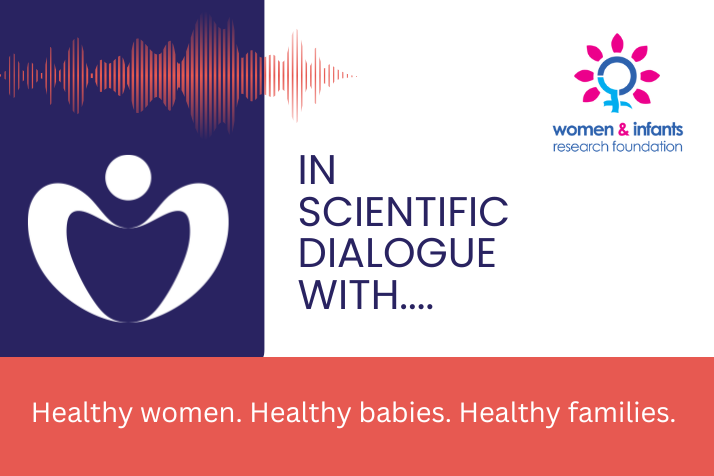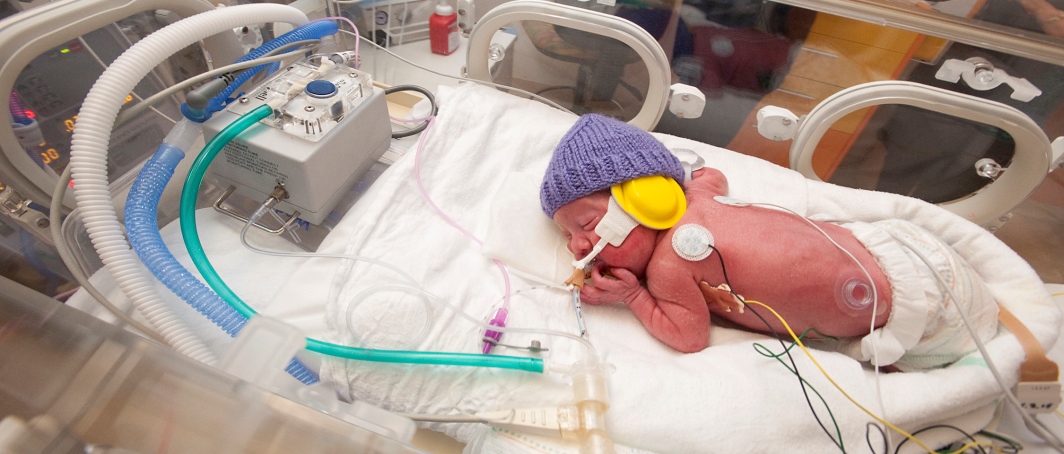Research overview
The aim of this project was to optimise antenatal steroid (ANS) therapy to improve its safety and efficacy for preterm babies. ANS therapy is a global standard of care for babies at risk of being born preterm and is given to millions of expectant mothers worldwide each year. The primary desired function of ANS is to rapidly mature the preterm lung, making breathing easier and saving many lives. However, despite increasing concern, ANS dosing remains unoptimised and results are highly variable. ANS therapy is effective in only 50% of patients. In addition, current ANS therapy is associated with endocrine disruption, fetal growth restriction, and increased risk of childhood learning deficit.
The specific aim of this project was to identify the absolute lowest possible dose of ANS needed to reliably and safely promote fetal lung maturation, whilst simultaneously reducing steroid associated risk. This is important because we have shown that although high maternal and fetal steroid exposures do not improve treatment outcomes – they do cause fetal growth restriction and injury. We have also shown, for the first time, that profound fetal lung maturation can be achieved with very low fetal steroid exposures.
In this study, we used a sheep model of pregnancy (the optimal model system for studies of this nature) to determine the minimum level of fetal steroid exposure required to mature the preterm lung.
By combining physiological responses, molecular analyses and pharmacokinetic studies, this study allowed us to determine for the first time the minimum safe and effective steroid dose necessary to mature the preterm lung.
These data will be of profound importance in optimising an essential therapy for preterm babies that is given to millions of mothers around the world every year.
Project researchers
Professor Matt Kemp
Erin Fee
Partners
The University of Western Australia
Funders
Channel 7 Telethon Trust
Project timeline
2021



